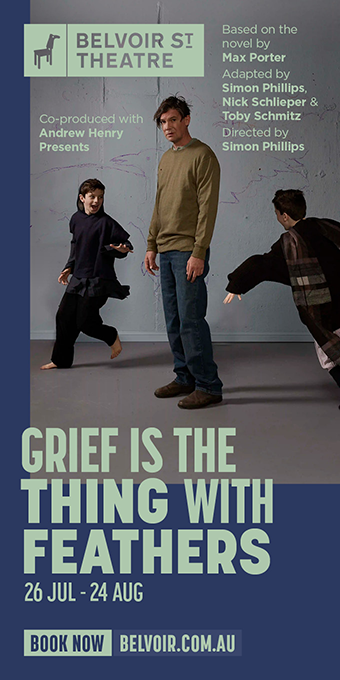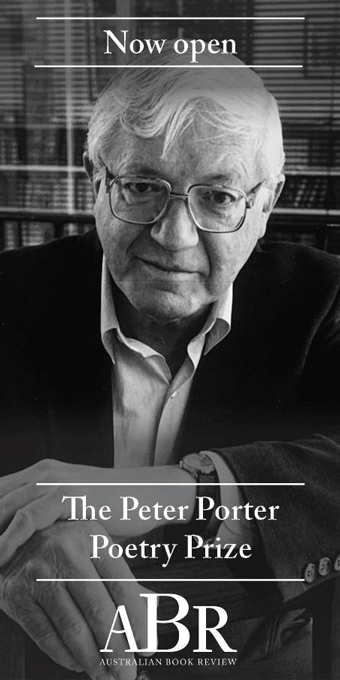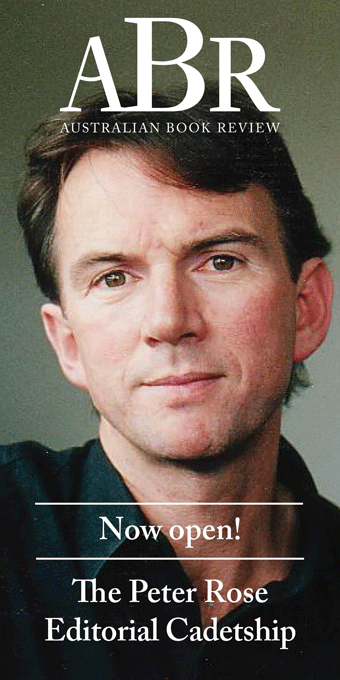Non Fiction
Shakespeare Beyond Doubt: Evidence, argument, controversy edited by Paul Edmondson and Stanley Wells
by Ian Donaldson •
One Soufflé at a Time: A Memoir of food and France by Anne Willan
by Gay Bilson •
It Comes From All Directions by Rae Desmond Jones
by Martin Duwell •
The Watchmaker's Imprint: Selected Poems by Ian Templeman
by Dennis Haskell •
Living in a Modern Way: California Design 1930–1965 edited by Wendy Kaplan
by Christopher Menz •
Stolen Glimpses, Captive Shadows: Writing on Film 2002–2012 by Geoffrey O'Brien
by Jake Wilson •
World Film Locations: Melbourne edited by Neil Mitchell
by Benjamin Millar •
Cinema by Alain Badiou, translated by Susan Spitzer
by Hamish Ford •















